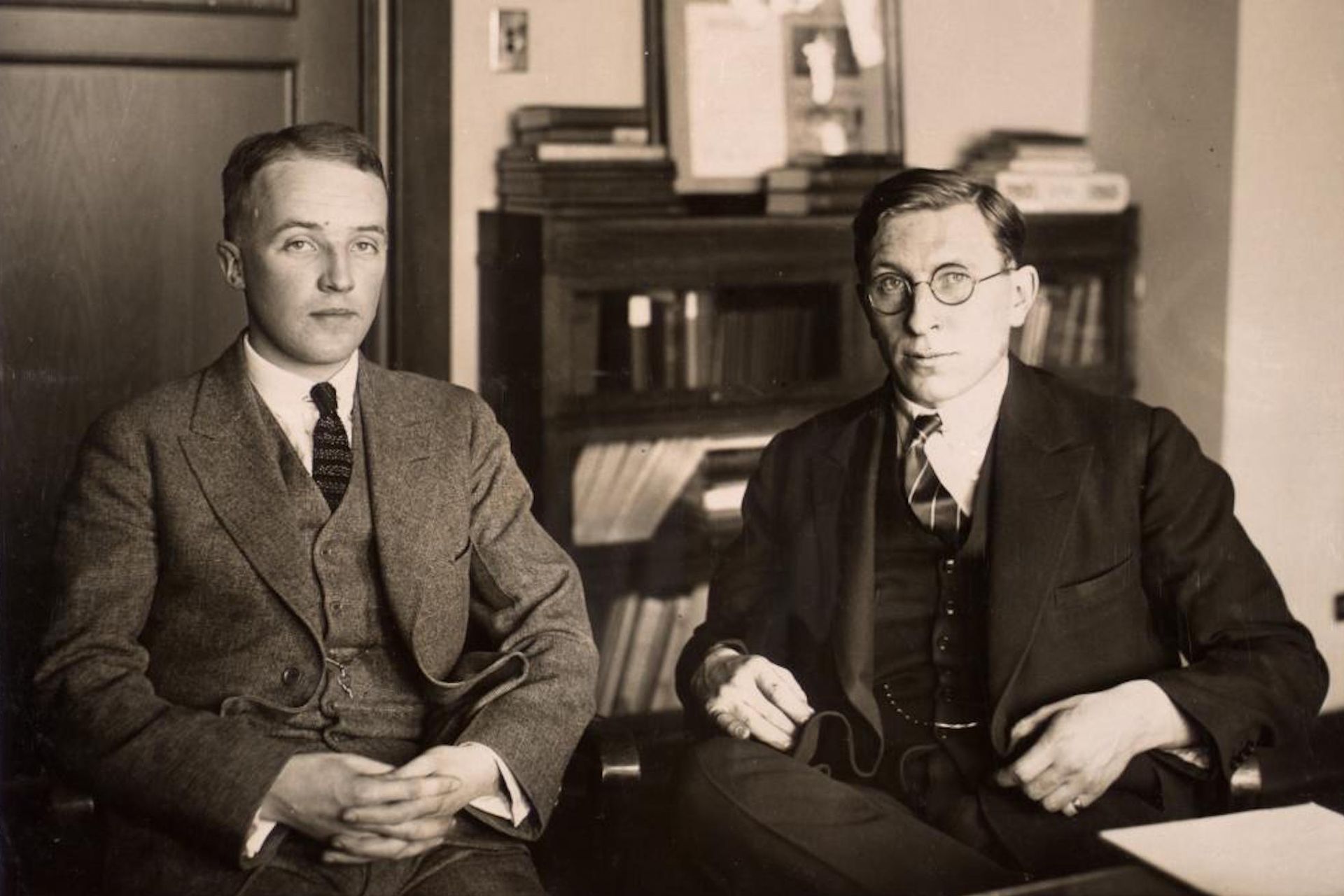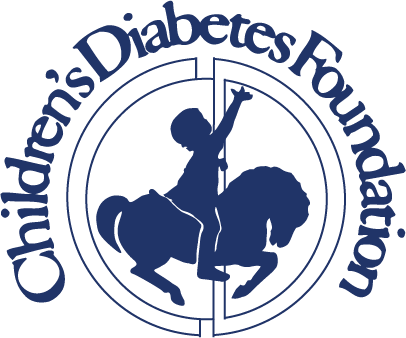History
The History of Type 1 Diabetes
Canadian scientists Frederick Banting (right) and Charles Best circa 1924, three years after they successfully isolated insulin for the first time. (Image: Courtesy of Thomas Fisher Rare Book Library, University of Toronto).
Type 1 diabetes (T1D) has been around for centuries, even though people didn’t always know what it was. Ancient Egyptian and Greek texts mention symptoms that sound a lot like diabetes—extreme thirst, frequent urination, and unexplained weight loss.
Fast forward to the 19th century, when scientists began to understand diabetes in more depth. One of the most pivotal moments in diabetes treatment came in 1921, when Canadian researchers Frederick Banting and Charles Best, along with John Macleod and James Collip, discovered insulin, and won the Nobel Prize for their discovery! This life-saving breakthrough transformed T1D from a fatal disease into one that could be managed with the right care.
Today, insulin remains the foundation of type 1 diabetes treatment, helping millions of people lead full, active lives. Thanks to ongoing research, we continue to improve treatments and move closer to a cure.
Advancements in T1D Clinical Care, Research, & Prevention:
Where We Started
- Back in 1978 diabetes affected more than 10 million Americans, one million of whom had juvenile diabetes.
- Diabetes was the third leading cause of death.
- Urine glucose and ketone testing was the only method to monitor diabetes control levels, and it was far from accurate.
- A person with diabetes must avoid pure sugar foods and observe a low-fat diet.
- Young women with type 1 were discouraged to become pregnant due to poor health outcomes for mother and the baby. In fact, a diagnosis of type 1 diabetes essentially was a diagnosis of infertility due to the effects of high blood sugars on the ovaries.
- We had no way of predicting who would develop type 1 diabetes.
- Complications such as loss of limbs, end-stage kidney disease, and blindness were thought to be inevitable.
Where We Are Now
- Type 1 diabetes patients use continuous glucose monitors (CGMs) that report glucose readings every one to five minute(s), which can be read on smartphones, smart watches, and shared with family members.
- CGM systems and insulin pumps communicate with each other to automatically give insulin with little user involvement.
- In 2023, diabetes affected more than 37 million Americans, 1.6 million of whom had type 1 diabetes.
- Diabetes dropped to number eight on the list of leading causes of death in the United States of America.
- There is no strong evidence that a low-carb diet is safe or beneficial for people with type 1 diabetes.
- Youth with type 1 diabetes are twice as likely to suffer from depression and up to four times as likely to experience disordered eating – this has not changed over the past 40 years.
- Everyday women with type 1 diabetes can have healthy pregnancies and create families of happy, healthy children.
- The FDA has approved of the first immunomodulatory drug for type 1 diabetes, Teplizumab (Tzield), to delay the onset of stage three type 1 diabetes in people with stage two (early stage with positive antibodies) type 1 diabetes.
- We can accurately predict who will develop type 1 diabetes. Those at the highest risk can receive monoclonal antibody (Tzield) to delay insulin need by three years, on average.
Where We're Going
- Within the next year, a continuous glucose monitor will be able to report both glucose and ketone levels continuously up to 15 days.
- We will better understand how to prevent the autoimmune attack on insulin-producing cells before it happens.
- We will better understand how to block and/or reverse an active autoimmune destruction of insulin.
- We will develop a better hybrid closed-loop system that may be a fully closed-loop system.
- We will replace destroyed beta cells with alternative sources of insulin-producing cells while protecting them from autoimmunity.

